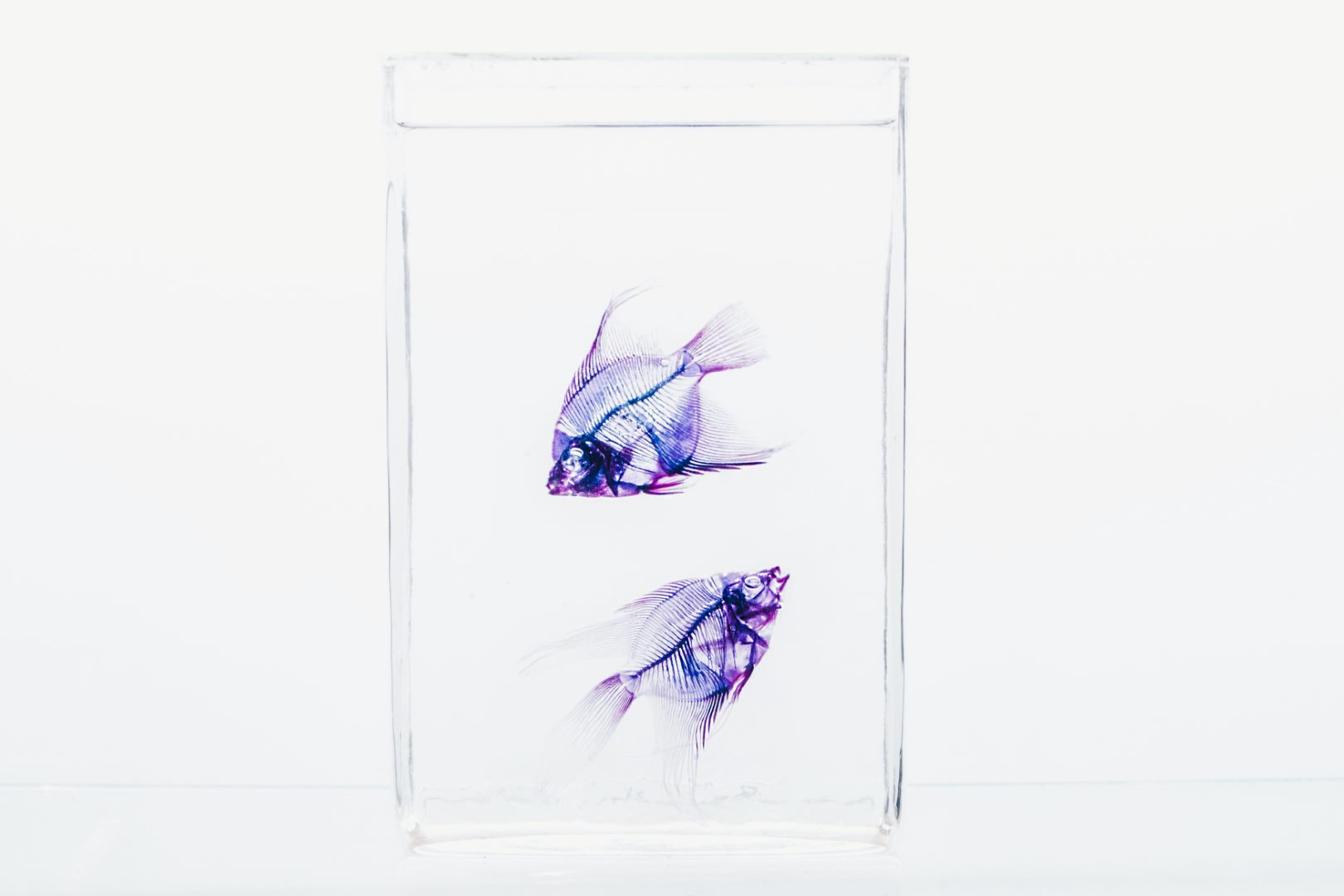The Viking era holds an enduring fascination for many, and one aspect that particularly captivates people is their system of writing, known as runes. In this article, we will take a deep dive into the world of Viking runes and symbols, exploring their history, meanings, and significance. Whether you’re an enthusiast of Norse mythology or simply curious about ancient scripts, this guide will provide you with valuable insights into this ancient tradition.
1. What are Viking Runes?
Runes were the writing system used by the Vikings, Germanic peoples, and other Norse-speaking communities. The word “rune” itself comes from an Old Norse term meaning “secret” or “mystery,” reflecting the aura of mysticism surrounding these symbols.
Unlike modern writing, which uses letters to represent sounds, runes were primarily used for magical and ritualistic purposes. Each rune had its own name and associated meaning, making them much more than a mere writing system.
2. The Elder and Younger Futhark
The Viking runes can be broadly categorized into two main groups: the Elder Futhark and the Younger Futhark. The Futhark is named after the first six runes, “F,” “U,” “þ,” “A,” “R,” and “K.” The Elder Futhark, consisting of 24 runes, was prevalent during the Viking Age, while the Younger Futhark, with its reduced set of 16 runes, became popular later on.
2.1 Elder Futhark
The Elder Futhark has a rich and diverse set of symbols, each with its own distinct meaning. Here are a few examples:
- Ansuz (ᚨ): Representing the divine, this rune was associated with the god Odin and often symbolized communication and wisdom.
- Berkano (ᛒ): A symbol of birth, growth, and renewal, Berkano carried the energy of the feminine and the nurturing aspects of life.
- Tiwaz (ᛏ): Named after the god Tyr, Tiwaz represented honor, justice, and self-sacrifice. It was often associated with victory in battle.
2.2 Younger Futhark
As the Viking Age progressed, the Younger Futhark emerged, characterized by a simpler and more condensed set of runes. Here are a few examples of Younger Futhark runes:
- Jera (ᛃ): Signifying harvest and reaping rewards, Jera symbolized the cyclical nature of life, growth, and the importance of patience.
- Raido (ᚱ): Associated with the concept of journeying, both physically and spiritually, Raido represented travel, movement, and personal development.
- Algiz (ᛉ): Algiz was a symbol of protection and defense against harm, often used to invoke the higher powers for guidance and safety.
3. The Meaning and Uses of Viking Runes
Viking runes served various purposes and were more than just an alphabet. Here are some of their common meanings and uses:
- Divination: Runes were often used in divination, where seekers would draw runes and interpret their meanings to gain insight into the past, present, or future.
- Protection: Vikings would inscribe runes onto weapons, amulets, or runestones for protection in battle or as shields against malevolent forces.
- Communication with the Divine: Runes were believed to provide a direct channel to the gods. Their symbols were used in rituals and magical ceremonies to invoke divine energies.
- Decorative Purposes: Runes were also used as ornamental elements in artwork, jewelry, and everyday objects, adding a touch of ancient symbolism to their surroundings.
4. How to Read Viking Runes?
Reading Viking runes involves tapping into the ancient wisdom associated with each symbol. Here’s a simple step-by-step guide to get you started:
- Set your intention: Clear your mind and focus on the question or topic you seek insight on.
- Draw a rune: From a bag or a set of runes, draw a single rune without looking at it too closely.
- Interpret the meaning: Study the symbol and its associated meaning. Reflect on how it relates to your question or situation.
- Trust your intuition: Pay attention to any immediate thoughts or feelings that arise. Your intuition can guide you towards a deeper understanding of the rune’s message.
Remember, the more you practice and connect with the runes, the more familiar you will become with their nuanced meanings and symbolism.
5. Honoring Viking Runes Today
In the modern world, Viking runes continue to be appreciated and honored. Many people use them as a source of inspiration, guidance, or simply as a connection to their ancestral roots. As you explore the ancient tradition of Viking runes, you may find yourself being drawn to their timeless wisdom and incorporating their symbols into your life.
Whether you choose to study their meanings, create runic artwork, or dive deeper into rune divination, the world of Viking runes is filled with possibilities for personal growth and exploration.
Conclusion
Viking runes and symbols offer a fascinating glimpse into the world of the Norse people. Through their intricate designs and symbolic meanings, these ancient characters continue to captivate us to this day. Hopefully, this article has shed some light on the history, usage, and significance of Viking runes, inspiring you to further explore this rich and mystical tradition.
Table of Contents
